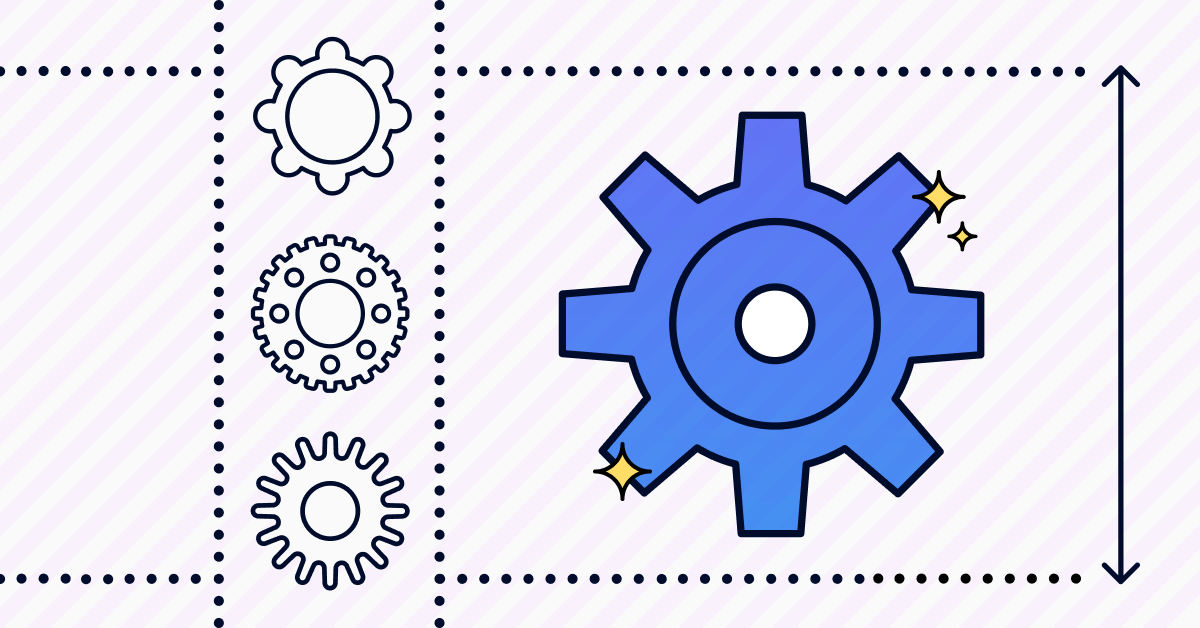Cross-functional collaboration Q&A: Why and how does communication break down? (Pt. 1)

This post is part one of a two-part series to understand the challenges of cross-functional communication, why it’s worth fighting for, and winning strategies from the field. Watch a recording of the full discussion here.
Working collaboratively with teams across different functions is something that most product leaders know is important, yet its pursuit often causes frequent headaches. But why is it so hard—and why is it worth it?
In one of Productboard’s “fireside chats”, community lead Scott Baldwin led a conversation about cross-functional communication, and three product leaders weighed in. Read on for a lightly edited version of their conversation.
Why is it so difficult for product leaders to establish and maintain cross-functional team collaboration?
Robin Zaragoza, founder & CEO of The Product Refinery:
Collaboration is really difficult because it’s about how humans behave. You can specify everything you want in terms of structure, process, ways of working, routines, and rules for people to follow — but at the end of the day, all of that is open to personal interpretation. It’s also impacted by how people are feeling, company culture, etc.
You have to look at every single iteration of collaboration and the team. For different teams across the same company, you have to look at them uniquely and think about what’s working and not working, at this moment, given this context.
If you stay at an organization long enough, at some point, you’re like, “Didn’t we already solve this?” And then you realize: Wait a minute, that was five years ago. Half of those people are not here anymore! So it’s really important to think about collaboration as a snapshot in time: What does the team need right now? And how do we address it?
“It's really important to think about collaboration as a snapshot in time: What does the team need right now? And how do we address it?”
Susana Videira Lopes, product coach & former Director of Product at Onfido:
It’s difficult when you don’t have alignment around how people are expected to work. Sometimes you have a CTO who says, ‘I want all my engineers to be geniuses. Leave them alone!’ And that creates a really dysfunctional environment. Then you have CTOs who are product-obsessed and want all of their engineers to be in all of the user research and interview sessions. If there’s a misalignment in ways of working at the leadership level, that breaks everything.
There’s also the question of, how does the founder expect product management to work? In some organizations, the founder wants the product management team to just execute. In others, they want them to own the vision and be really collaborative and actually find a solution.
If there’s a big collaboration problem, it is normally coming from the leadership team and how they expect people to work.
Eric Bin, Director of Product Management at Article:
It’s definitely difficult. Teams and companies are living organisms. And every time you introduce change, the rules change.
First, there’s the team dynamic. I like to talk about the four stages of team development: forming, storming, morning, and performing. If you’re in a growth company, you’re constantly in “storming.” Every time you add a new person, the ground rules change: How do I give you feedback? How do you give me feedback? How do we negotiate? So it’s not just a one-time thing of ‘Oh, hey, new person, congratulations, the contract is signed and off we go.’
The second is the state of the business. Ben Horowitz has talked about the “wartime” and “peacetime” CEO. And in each of those cases, it’s a very different type of collaboration. If I’m in “wartime collaboration,” we’re making fast decisions. Peacetime is very different: much more engagement, much more discussion, and more emphasis on democracy versus autocratic behavior.
What are the common causes of communication breakdown among cross-functional teams? And what are some of the tactics that PMs can leverage to streamline communications?
Susana Videira Lopes, product coach & former Director of Product at Onfido:
When you have misalignment at the goal level. For example, sometimes product management wants to increase revenue, but then engineering leads say, “Oh, but we need to scale!”— and they tell the engineers to sneak in some engineering projects of scale. Then the design team decides, ‘Well, we need a design system!’ and then they go and build a design system. Suddenly, there’s a cross-functional team, but they’re all pursuing functional goals instead of an overarching goal.
I always talk about “secret squirrel projects.” No secret squirrels! The squirrels need to be visible. They’re all on the board. As a team, cross-functionally, you need to flesh those out and prioritize them.
Eric Bin, Director of Product Management at Article:
Understanding ways of working is so important. We can’t make assumptions—we have to make explicit statements about how we’re going to work. It’s easy for us to say, ‘We’re going to ship every two weeks’ or ‘We’re going to be agile,’ but it’s actually much more detailed than that. How do you manage technical debt? Should the PM be involved in prioritizing bugs, or is the team mature enough that they can do that themselves? It’s a constant journey.
We’ve got our PMs and engineering managers working on building out a document that describes our ways of working, as we do currently have so many different opinions going around.
Robin Zaragoza, founder & CEO of The Product Refinery:
Sometimes I see a lack of team accountability. It can stem from a lack of clarity around roles and roles and responsibilities, but also from a company culture of blaming others—either individuals or groups—for what’s going wrong. You obviously have to be in a very safe environment for that not to be the case. The statement should really be: “This is not working for us, how do we collectively fix it?” rather than pointing fingers.
What do you think are the top benefits of fostering a cross-functional, collaborative work environment?
Robin Zaragoza, founder & CEO of The Product Refinery:
For me, it’s about making better decisions faster, with a team that’s fulfilled in the role that they’re doing.
Eric Bin, Director of Product Management at Article:
One benefit from a manager’s perspective is that you don’t have to be micromanaging. If your teams are empowered, you can spend your time where you have the highest leverage: like strategy or alignment, rather than “I’m going to go sit in on these retros.”
Susana Videira Lopes, product coach and former Director of Product at Onfido:
A good, collaborative team is going to build better products, people are generally going to be happier, and people are going to have a larger sense of achievement because it’s going to be collective.
The conversation continues in Part II, going live next week, where Robin, Eric, and Susana share their most successful strategies to optimize cross-cultural communication and collaboration. Or, to watch a recording of the full discussion, check out the video here.





